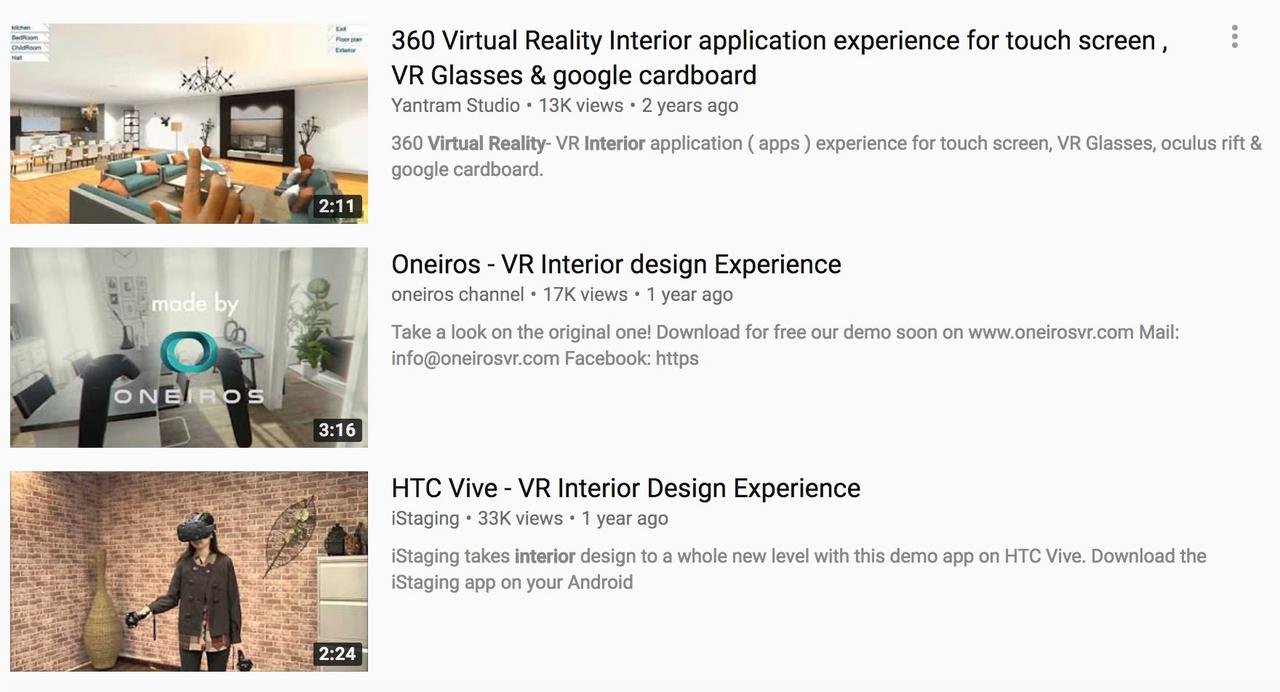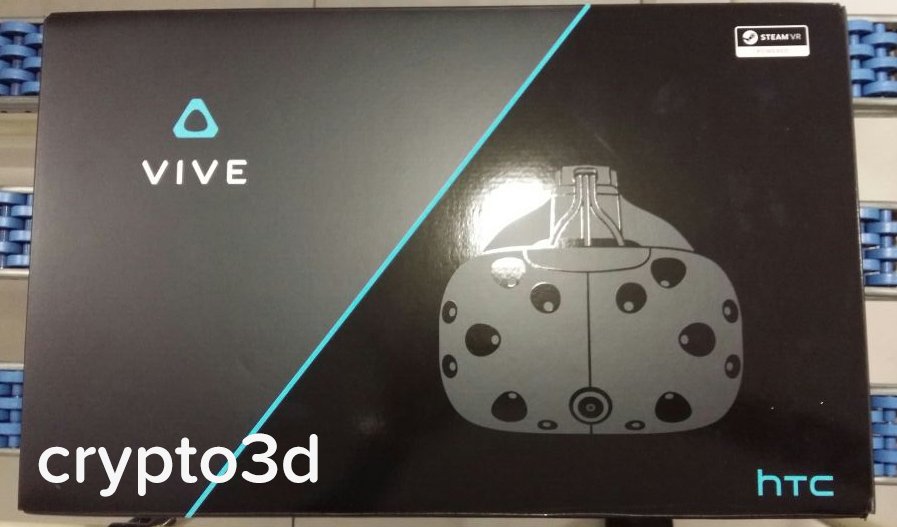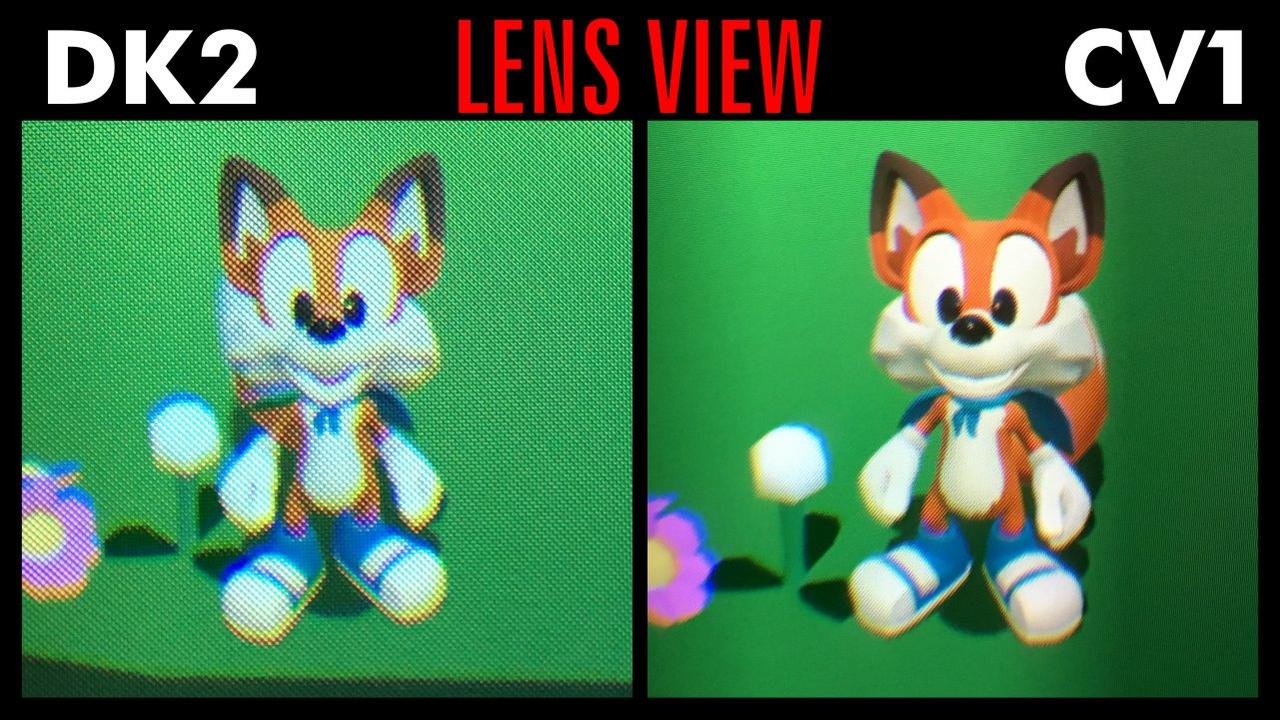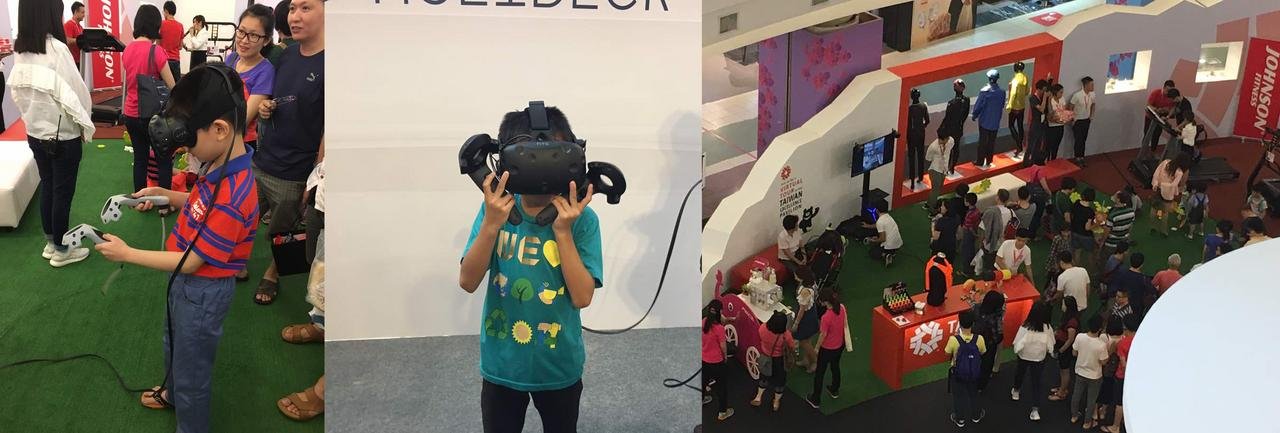All aboard the hype train!
The hype was real!
I remember watching numerous TEDx videos describing how VR will change the world, how it will affect our lives and the ways we express ourselves. Everyone thought it had so much potential in industries varying from architecture and gaming to even therapy and psychology:

Most of those videos are over 2 years old now, yet to most people (non-gamers) VR hasn’t really changed all that much.
I remember countless small startups popping-up claiming Virtual Reality will change the interior design and property market. They had good arguments too!
“Bring your showroom anywhere!”
“Save cost”
“Provide your potential clients with unforgettable experience”

Yet, hardly any property developer replaced traditional marketing means (3D still images and animations) with VR ones.
Finally, I remember thinking VR will change the gaming industry forever, which is why I went on and bought an HTC Vive. It was quite an investment, as I had to upgrade my whole setup, as well as, bear insanely high import tax fees.

Yet, after playing a ton of different VR games over the last 12 months, I can honestly say that only a handful of them made a really positive impression on me. Maybe I'm just too critical and that's my problem, I don't deny it.
So... what went wrong?
As the hype train passenger, VR developer and a casual gamer, I think there were a few things:
Early exposure
As a VR developer/ consultant, it is also my duty to present and demo our games in front of an audience. Most people/clients that I speak to, claim they have already tried VR “a few years ago” – and that’s the problem.
The first Oculus Development Kit (DK1) was released in 2013, followed by DK2 in 2014 and HTC's DK1 in 2015. The DK hardware had a significantly lower resolution, much more obvious Screen Door Effect and a lower refresh rate causing discomfort and even nausea. It was meant to provide developers the hardware and platform for content creation, preparing for the launch of the consumer versions.

Most start-ups wanted to be ahead of the competition though and used the DK versions for presentations. Can’t blame them, but by the time HTC and Oculus introduced their finalized Commercial Versions (CV) of the headsets, most people have already had a bad experience.
The hardware
Both the Oculus and the HTC CV1 versions were significantly better. With the resolution pumped up to 1080 x 1200 per eye and a 90Hz refresh rate, you could wear the headset for longer periods of time and even read in-game instructions without getting a headache nor feeling sick.

Not for THAT much longer though. It is still two bright OLED screens, less than an inch from your eyes. From my experience, most clients/players get tired after only 5-10 mins of gameplay, while fellow VR-seasoned colleagues can wear it maybe for 30mins – that’s not very long.
Personally, Elite Dangerous VR was the only game that I could play for extended periods of time without my eyes hurting, as majority of the gameplay is set in outer space and is therefore almost completely dark. It usually took about an hour, though, before my face started to sweat profusely and my neck hurt from the added weight of the headset.
The experience
Once you put the headset on, you’re detached from your surroundings. Not everyone likes that. At first I didn’t quite understand why, during my presentations, it’s always quite difficult to get a volunteer to try our game. I thought everyone would be thrilled to have a go. However, the feeling of being “blindfolded” by the headset, acting “silly” in front of a crowd while interacting with the game and the fear of bumping into things therefore making a “fool out of yourself” seems overpower the curiosity. I can see why.
The truth is, it is easy to become disorientated while in-game. There’s in-game sounds coming from the speakers, sounds coming from the surrounding crowd, you keep turning around to interact with objects around you. At some point you really don’t know which way you’re facing. To some, this can cause discomfort.
Interestingly enough, the problem with the experience and detachment doesn’t seem to bother children at all. My personal research shows that most public events that incorporated VR into their campaign attract the younger audience the most.

From the feedback I’ve been receiving over the past year in the property market, the detachment from surrounding results in a lost connection between the potential buyer and sales person, which is something they all want to avoid. In fact, it’s rather difficult to talk or instruct someone once he/she wears the headset.
Gaming industry might be different in that regard, as most gamers probably play within the comfort of their home and aren’t particularly bothered by anyone around.
The content
To me, the biggest problems of them all. There’s only a handful of well made VR games which I enjoyed playing:
- Batman: Arkham VR
- Robo Recall
- Elite Dangerous VR
- The Lab
- Superhot VR
- Raw Data

The rest are either 5-min gameplay experiences: Everest VR, or pure disappointments like DOOM VFR or Fallout 4 VR. The most anticipated universe exploration game Star Citizen has also dropped their VR support, very much to the annoyance of all early Kickstarter backers.
The challenge with making VR games is the extremely high performance requirement. Most PC games need to run on a single monitor at 60FPS for a smooth gameplay, while VR requires two monitors (each eye) to run at 90FPS, to prevent motion sickness. This is why almost all VR games remind us of early 2000s, a step backwards in game graphics.
Future or fad?
With all that said, VR hasn’t really kicked off like everyone thought it would, but I believe it still just might!
The VR headset market is becoming more competitive as more companies want to join the race. China company called Pimax is currently working on whopping 8K, 200 deg FOV headset and the reviews from early-access developers on-line were very positive. I had an opportunity to try their previous version called the Pimax 4K and while the resolution was a game changer, the headset suffered from so-called “ghost” effect which made games unplayable. The company claims, however, that that issue has been solved with the upcoming 8K version – looking forward to that.

Oculus has also recently announced the development of Oculus Go, their very first wireless, standalone headset, starting at USD199. HTC quickly followed the announcement by introducing their brand new Vive Focus, the all-in-one inside-out tracking headset, but did not mention the availability nor price. Curious to see how those two pioneers will continue to innovate hoping to make VR available to a wider audience.
With the increasing number of improved headsets on the horizon, Virtual Reality a step closer to finding its spot in the interactive digital media industry - can't wait till that happens!
Coming up!
- Steemit CGI animation - Dtube
- Virtual Reality finally about to find its true purpose? – VR Industrial Training
- VR game reviews
